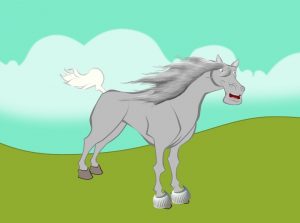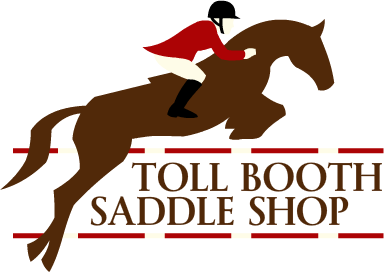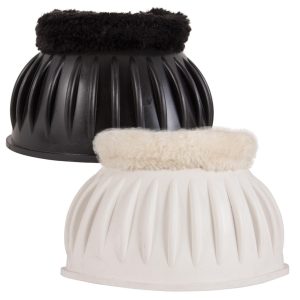Bell Boots
If your horse overreaches, or hits his front heels with his back hooves, or, if your horse is wearing studs, you may need bell boots (also called overreach boots). They will help prevent injuries. If your horse tends to lose shoes in turnout, or finishes a ride with dirt marks, scrapes or bruises on his heels or pasterns, he may need bell boots.
Bell boots, when fit properly, just about skim the ground in the back when the horse is standing level. You should also be able to fit a finger or two between the boot and the horse at the top.
There are many different types of bell boots. Some bell boots are pull on, some have Velcro closures. Some boots are gum rubber, some are made of a ballistic nylon material, some are made with PVC or neoprene. There are even some made with carbon fiber for horses that are extremely hard on their bell boots.
Pull on bell boots are made of a softer more stretchy material, as they have to be able to stretch to fit over the hoof. Softening them in warm water before use makes they easier to put on. To get them on the horse turn them inside out, put the hoof through the big opening first, then slide through the small opening. You then flip them down so they are right side out. Pull ons are great for Houdini horses that can take the Velcro ones off.
No turn bell boots can prevent rubs. They have a molded piece in the back that fits in the indentation in the back of the foot. This prevents them from turning or rubbing. The Velcro on this type of boot is in the front.
Fleece top bell boots are also a good way to prevent rubbing; however, you need to keep the fleece clean and dry. Mud and dirt can rub the horse.
If your horse really interferes when he goes, you may need a stronger more protective bell boot. Some have ballistic nylon, or a material patch to keep the horse from ripping the boots and also protect his/her legs.
Some people only use bell boots when they ride, others leave them on their horse when he/she is turned out. How much you use them, depends on your horse. You should always check the bell boots to make sure the horses leg is clean and dry under them.



Recent Comments